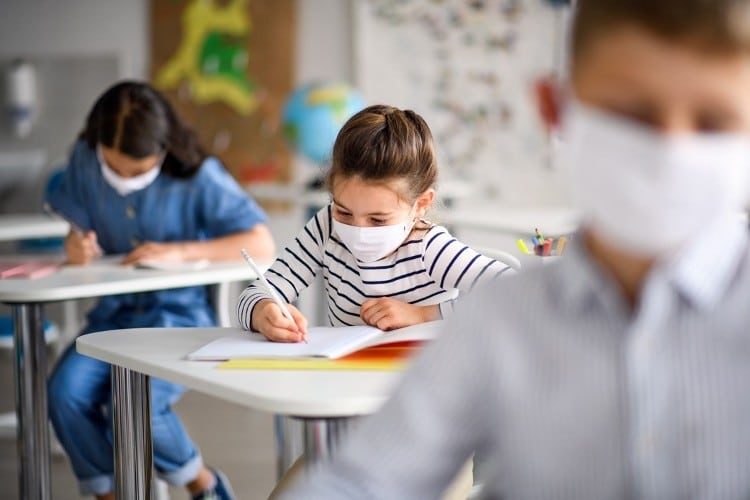
Millions of students may return to in-person learning this spring after nearly a year of virtual instruction from home, as per the recommendations of the Centers for Disease Control and Prevention (CDC). For many of these students, remote learning is an impossible task; it is particularly difficult for those who require special-education services. Ten months of zero interaction with peers and teachers, owing to closures promoting safety, has stymied children’s emotional, psychological, and developmental health. Though medical professionals, in concert with the CDC, have endorsed tightened school restrictions to help slow the spread of COVID-19, as of January 21, the American Academy of Pediatrics (AAP) maintains that hospitalizations and death are exceedingly rare among children. According to the AAP, “children make up 0.00%-0.19% of all COVID-19 deaths, with 11 states reporting zero child deaths.”
Leandra Elion, a lecturer at Tufts University’s Eliot-Pearson Department of Child Study and Human Development, noted in the September 2020 article “How COVID-19 Has Affected Special Education Students” that “schools are overwhelmed as they adapt to virtual learning and enhance safety to comply with COVID-19 guidelines, but that’s no excuse to deny a child’s right to free and appropriate public education … and for a child with special needs in particular, it’s incumbent upon the IEP [Individualized Educational Plan] team, which includes the school district and the parents, to figure out what the appropriate education is.” Yet as this story will show, some children are indeed now denied the basic right to education.
Given these facts, it is no surprise that whether to open schools has been an issue stirring contentious political debate. Whereas the former Trump administration staunchly opposed closures, the new Biden presidency sees some experts who originally defied reopening under Trump now in favor of lifting restrictions under Biden, despite reports of deaths rising in many parts of the country.
On January 26, a new study released by the CDC, claiming it is safe to reopen K-12 schools with “proper mitigation strategies,” cites safety measures that include required mask-wearing, six feet of social distancing between teachers and students, and small-group learning of roughly 11-20 students. Still, for many parents, the question that remains largely unanswered by school districts and teachers’ unions is how these methods promote health even as they disregard adverse emotional and psychological impacts on children.
Case in point: in Washington State, the Edmonds School District began Stage 1 of its reentry plan on January 4. This current plan includes “mostly remote learning for all students, with limited special education programs in-person.” One child, who attends an Intensive Support Program at Maplewood Center in Edmonds, is lost in this proposed plan. Because she cannot wear a mask, she would be relegated to an isolated, small space where she can hear other children but is not allowed to interact with them. Additionally, because she is nonverbal her response to this environment is distress and confusion. Yet the school district offers only this plan because it aligns with proper “mitigation strategies.”
The child’s mother, Kathleen Warren, described her daughter’s newly modified IEP arrangement as one in which a paraeducator would have to force her daughter to remain separated from the other children behind a clear, plastic shower curtain during class time. Warren said that “such an arrangement would be torture for her daughter.” Raising these concerns, Warren stated that the district proposed no alternative for in-person education. “My daughter would not be able to attend PE, music, or go to the library. She also would be prevented from playing with other children at recess,” said Warren.
Edmonds School District policy directly states that it “stands ready to serve,” but only through a singular strategy that does not work for many special-needs children. Thus, parents such as the Warrens, who desperately want their children back in school, are unable to take advantage of the opportunity of the Stage 2 reopening. Such drastic measures, despite overwhelming data supporting the low risk kids pose for transmitting and contracting COVID-19, actually prevent children from meeting their goals or allowing them to enjoy a healthy experience at school.




